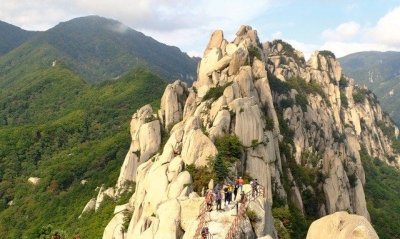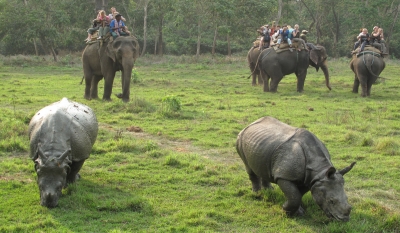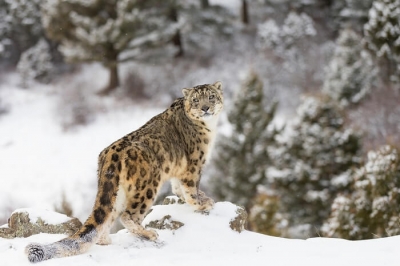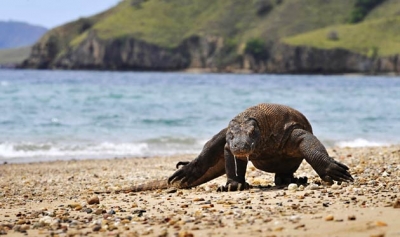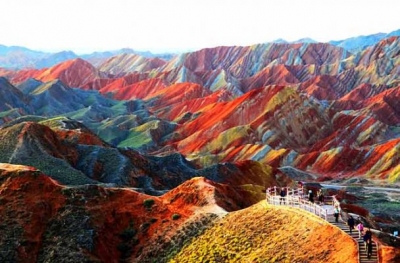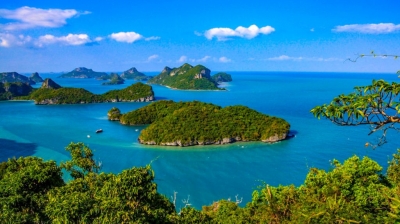
There is an underground river in Puerto-Princesa Subterranean River National Park in Philippines. Unlike other rivers of the world, this river emerges directly into the sea, and its lower portion is subject to tidal influences. St. Paul’s Underground River Cave is more than 24 kilometres long. It has an 8.2-kilometre-long underground section too.
The site contains a full mountain-to-the-sea ecosystem. In fact, it holds one of the most important forests in Asia. There is a range of forests formations in the Park representing eight of the thirteen forest types found in tropical Asia.
The mountains in the Park have a thick cover of rainforest. The vegetation changes near the limestone karst. Most of the threatened and restricted range birds of the Palawan Endemic Bird Area have been found here. These birds including the Palawan pheasant peacock and Philippine cockatoo can be found mostly near the lowlands.
Picture Credit : Google


